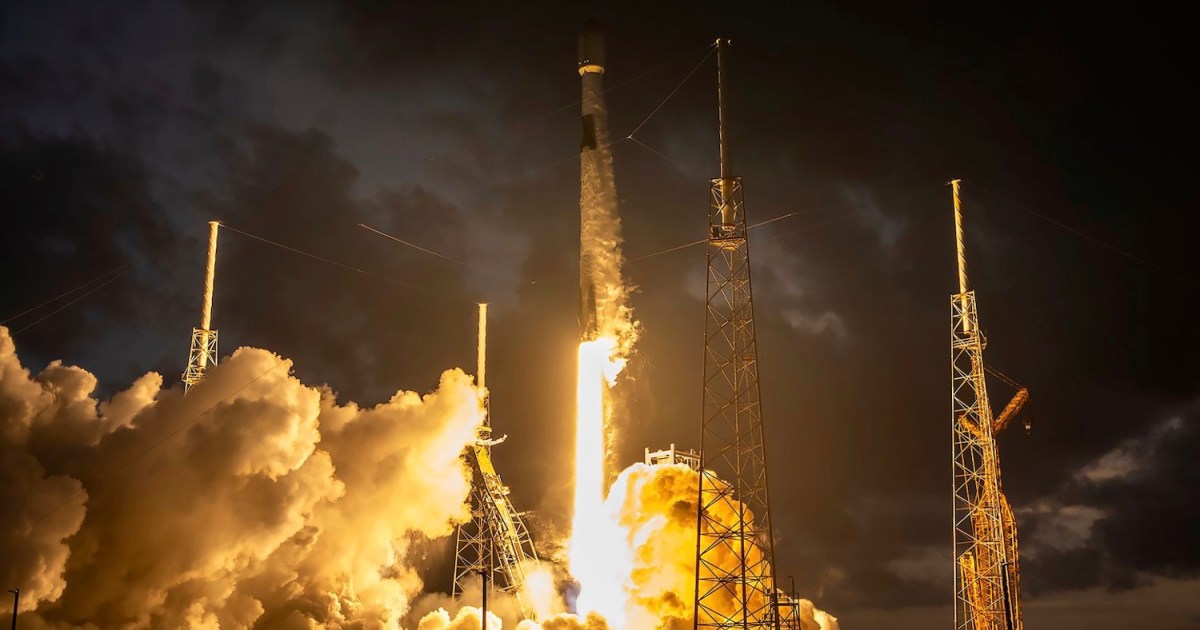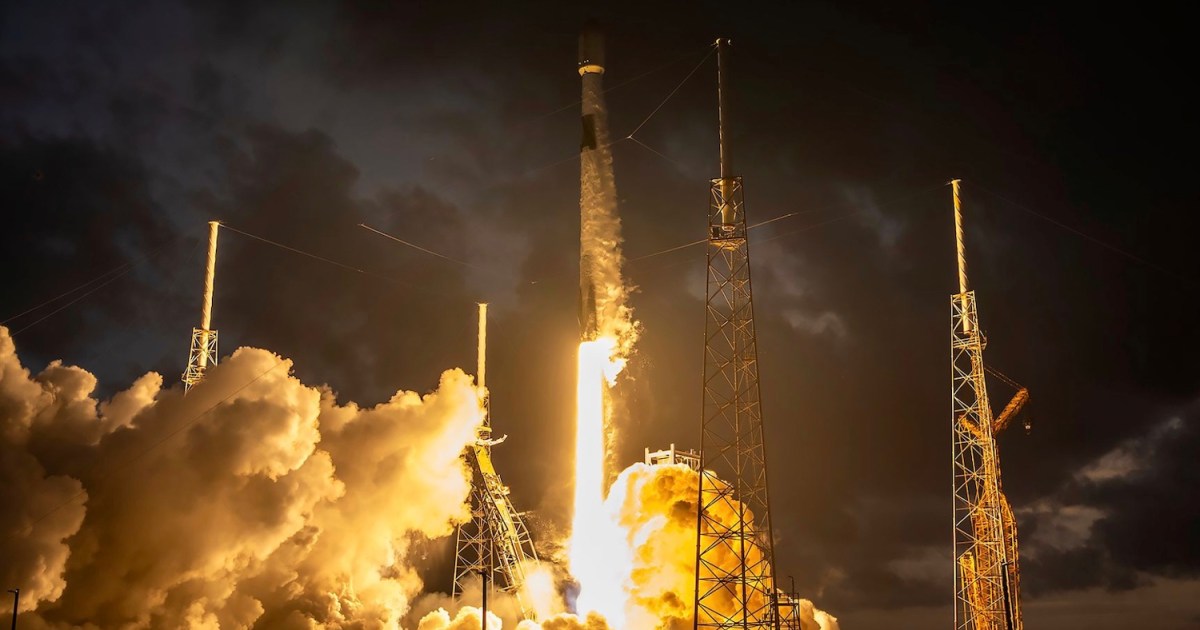
SpaceX flights using its Falcon 9 booster are so routine now that these days most launches slip by with few people noticing.
But it’s worth remembering how far the private spaceflight company has come since its founding in 2002.
The aim was to build a flight system capable of reusing its main components to help reduce the cost of space missions. This included landing the first-stage rocket booster upright on a floating barge or on land minutes after launch.
The idea sounded fanciful at the time, and indeed the first landings saw the 41.2-meter first stage topple over and explode right after touching down. After achieving its first-ever safe landing of the Falcon 9 first stage in 2015, the SpaceX team has refined the design and now enjoys huge success with its landing system, enabling it to reuse boosters for satellite deployments as well as crew and cargo missions to the International Space Station. It also recovers the rocket’s two fairing halves for use in additional missions.
To date, SpaceX has performed 272 launches, 235 landings, and 207 reflights, with a couple of its Falcon 9 boosters having flown as many as 17 times.
Its latest Falcon 9 launch took place at Cape Canaveral in Florida on Friday evening, sending 22 Starlink satellites to low-Earth orbit. Starlink is SpaceX’s internet-from-space service, and the company operates regular Falcon 9 flights to deploy additional Starlink satellites in space.
Friday’s mission was the 14th flight for the first-stage booster, having previously launched CRS-22, Crew-3, Turksat 5B, Crew-4, CRS-25, Eutelsat HOTBIRD 13G, mPOWER-a, PSN SATRIA, and now six Starlink missions.
On Sunday, SpaceX shared a 60-second video (top) showing the key stages of its most recent Falcon 9 mission, including launch, satellite deployment, and of course, the landing of the first-stage booster.
Editors’ Recommendations
Services Marketplace – Listings, Bookings & Reviews
